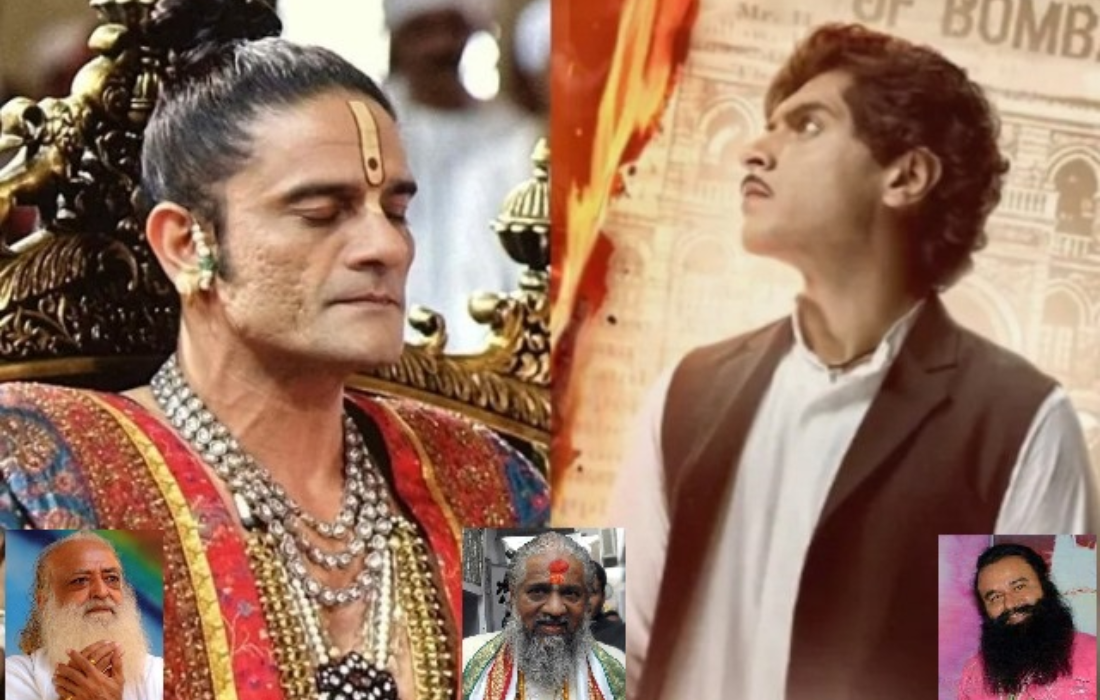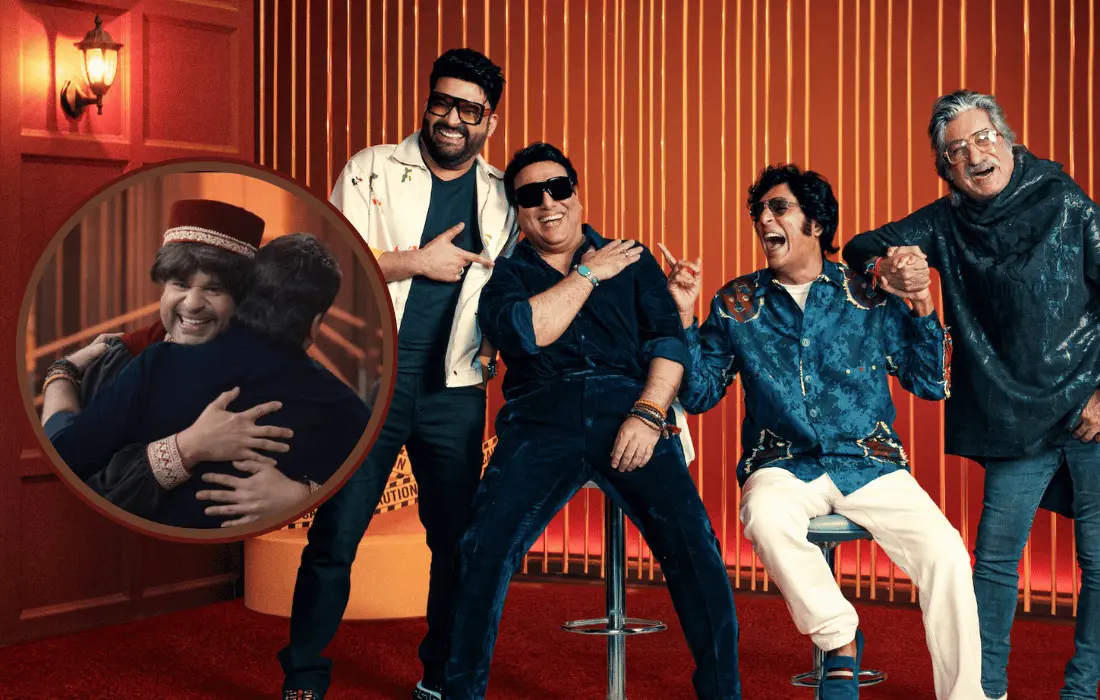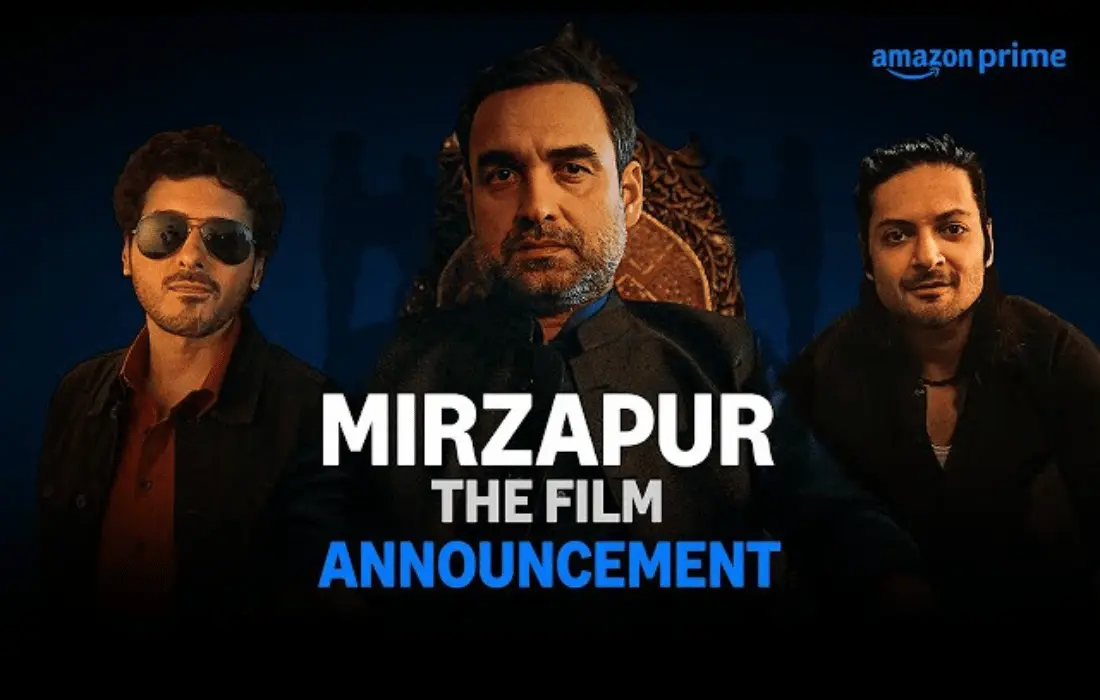“Maharaj,” released on Netflix, dives deep into the grim realities of religious exploitation in India. Based on a true story from 1862, the film sheds light on a Hindu priest’s misuse of power to exploit women devotees. Even after 162 years, the relevance of this tale is undeniable, serving as a stark reminder of the unchecked power wielded by some religious leaders.
Historical Background
The film is grounded in the historical context of the “Maharaj Libel Suit” of 1862. This case involved Karsandas Mulji, a journalist-reformer, who accused Jadunathji Maharaj, a high priest of the Vaishnav Pushtimarg sect, of exploiting his female devotees. The trial, held in the Supreme Court of Bombay, became a landmark case, highlighting the intersection of religion, law, and social reform.
Modern-Day Relevance
Unfortunately, the issues depicted in “Maharaj” are not relics of the past. India continues to see religious figures amassing followers and wealth, often despite serious criminal accusations. Notable examples include Asaram Bapu, whose plea for sentence suspension was rejected, and Gurmeet Ram Rahim, who receives paroles despite severe charges. This persistent veneration of so-called godmen underscores the film’s enduring relevance.
Cinema and Social Commentary
Cinema has long been a powerful medium for social commentary. Films like “OMG (Oh My God)” and Prakash Jha’s series “Aashram” have tackled the dark side of spiritual leaders and their blind followers. These portrayals often face legal battles and public outrage, yet they play a crucial role in sparking dialogue and awareness about such issues.
Maharaj’s Journey to the Screen
“Maharaj” is adapted from a Gujarati novel by Saurabh Shah, who aimed to highlight the ongoing exploitation of women under the guise of religion. The film emphasizes the need to restore public faith in religion by exposing the misdeeds of those who misuse it for personal gain.
Plot Summary
The film follows Karsandas Mulji, portrayed by Junaid Khan, as he challenges the corrupt practices of Jadunathji Maharaj (Jaideep Ahlawat). Set in the 19th century, Karsandas is a beacon of reform in a conservative society. His journey is driven by personal tragedy and a quest for justice, culminating in a historic court case that questions the very foundation of religious authority.
The Protagonist: Karsandas Mulji
Karsandas Mulji is a compelling character, embodying the spirit of social reform. As a Vaishnav himself, his fight against the sect’s orthodox practices is both personal and principled. His efforts in promoting women’s rights and challenging religious exploitation mark him as a significant figure in India’s history.
The Antagonist: Jadunathji Maharaj
Jadunathji Maharaj, or JJ, is the film’s antagonist, representing the archetype of a corrupt religious leader. His charismatic presence and manipulative tactics enable him to exploit his devotees. Jaideep Ahlawat’s portrayal brings depth to this character, highlighting the dangers of blind faith and the vulnerability of those seeking spiritual guidance.
The Court Case
The court case is the film’s climax, presenting a dramatic and intense battle of wits and morality. The judiciary, led by Chief Judge Joseph Arnould, ultimately sides with Karsandas, recognizing the importance of press freedom and social responsibility. This verdict not only vindicated Karsandas but also marked a significant victory for journalistic integrity and social justice.
Read More: Govinda’s Upcoming Movies and Emotional Reunion with Krushna Abhishek
Public Reaction and Scholarly Work
“Maharaj” has sparked public debate and academic interest, leading to numerous scholarly works and dissertations. Even Prime Minister Narendra Modi, then the Chief Minister of Gujarat, praised Karsandas Mulji’s contributions to social reform. The film’s release has reignited discussions about the role of religion in society and the need for continued vigilance against exploitation.
Cinematic Elements
Directed by Sidharth P. Malhotra, “Maharaj” combines historical drama with modern cinematic techniques. The direction and screenplay, though earnest, occasionally falter, reflecting the challenges of translating a complex narrative to the screen. Junaid Khan’s debut performance, while promising, is marked by the weight of an underdeveloped script.
Themes and Motifs
The film’s central theme is religious exploitation, explored through the personal and societal struggles of its characters. It also touches on broader issues of social reform and the resistance against entrenched orthodoxy. These motifs resonate deeply, encouraging viewers to reflect on the contemporary relevance of these issues.
Comparative Analysis
“Maharaj” stands alongside other films that critique religious corruption, yet it brings a unique historical perspective. While it shares themes with “OMG” and “Aashram,” its focus on a real-life legal battle sets it apart, offering a blend of historical drama and social critique.
Critical Reception
Critics have given “Maharaj” a mixed reception. While the film’s intentions and historical significance are praised, its execution has drawn some criticism. The performances, especially by Jaideep Ahlawat, are highlighted as strengths, but the direction and pacing leave room for improvement.
Conclusion
“Maharaj” is a timely and important film, reminding us of the dangers of unchecked religious authority. Despite its flaws, it serves as a potent reminder of the need for vigilance and reform. The story of Karsandas Mulji is not just a historical footnote but a continuing call to action against exploitation in the name of faith.
FAQs
1. What is the film “Maharaj” about? “Maharaj” is about the 1862 libel suit involving Karsandas Mulji, who accused a Hindu priest of exploiting women devotees. It highlights the ongoing issue of religious exploitation.
2. Who plays the main characters in “Maharaj”? Junaid Khan plays Karsandas Mulji, and Jaideep Ahlawat plays Jadunathji Maharaj.
3. Why is the film relevant today? The film addresses the enduring problem of religious figures exploiting their followers, a phenomenon still prevalent in modern India.
4. What was the outcome of the historical libel suit? The court ruled in favor of Karsandas Mulji, recognizing the importance of press freedom and social responsibility.
5. How has the public reacted to “Maharaj”? The film has sparked public debate and academic interest, highlighting the need for continued vigilance against religious exploitation.























